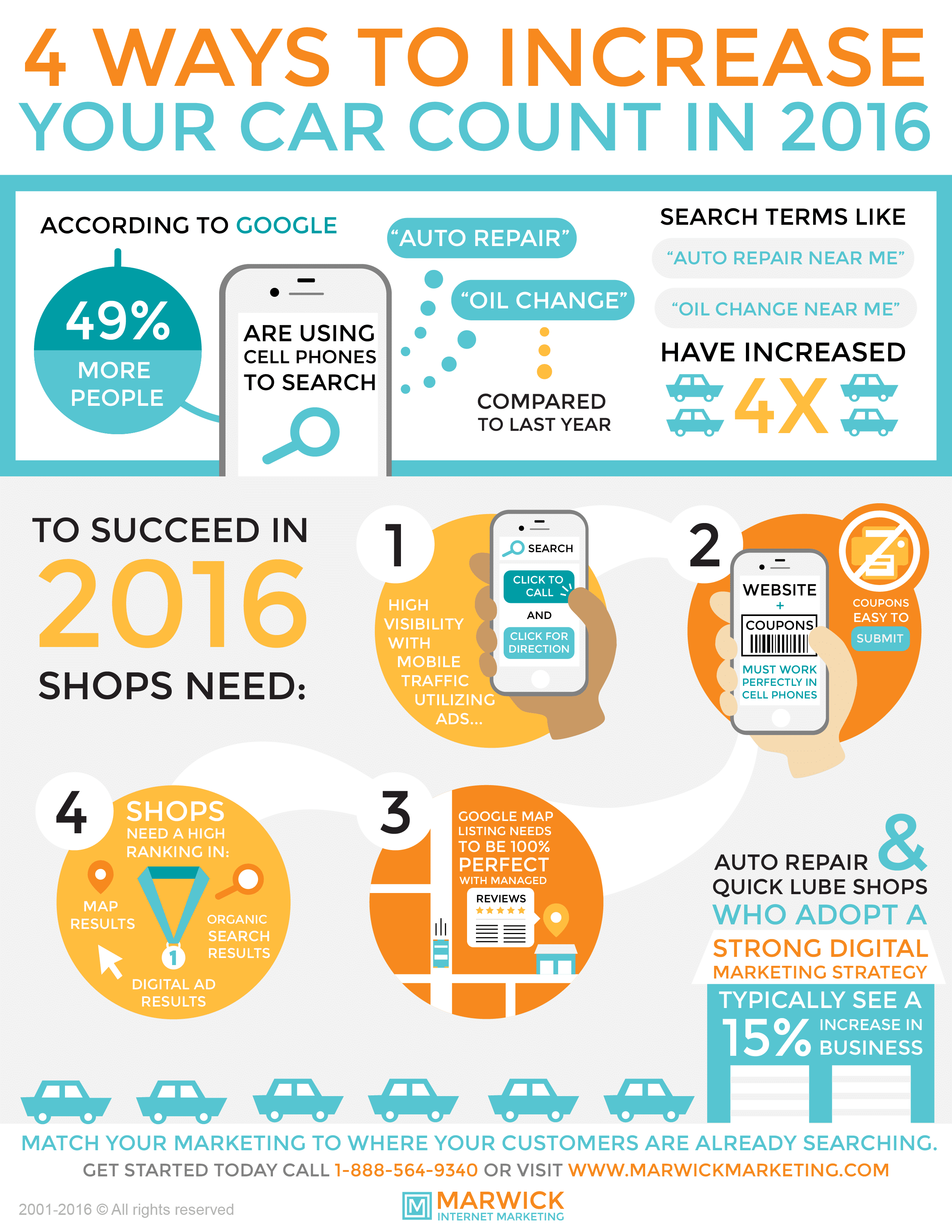When you're behind the wheel, those glowing caution lights on your dashboard can be a bit difficult. Do you understand what they're trying to inform you about your auto's health and wellness? Understanding the value of these lights is essential for your safety and security and the longevity of your lorry. So, the following time one of those lights turns up, would not you intend to decode its message accurately and take the needed steps to resolve it?
Common Warning Lighting and Interpretations
Determine typical warning lights in your car and understand their definitions to guarantee safe driving.
One of the most regular warning lights include the check engine light, which signals problems with the engine or exhausts system. If this light begins, it's important to have your lorry examined immediately.
The oil pressure advising light shows low oil stress, needing prompt interest to stop engine damages.
A flashing battery light could suggest a malfunctioning billing system, potentially leaving you stranded otherwise dealt with.
The tire stress monitoring system (TPMS) light alerts you to reduced tire stress, influencing automobile security and fuel effectiveness. Neglecting this might lead to harmful driving problems.
mobile cut and polish suggests a problem with the anti-lock braking system, endangering your capacity to stop swiftly in emergency situations.
Last but not least, the coolant temperature level warning light warns of engine overheating, which can lead to severe damage otherwise settled quickly.
Comprehending these typical caution lights will aid you resolve problems without delay and preserve safe driving problems.
Importance of Prompt Focus
Recognizing the common warning lights in your automobile is only the initial step; the significance of immediately dealing with these warnings can't be stressed enough to guarantee your security when traveling.
When a caution light illuminates on your control panel, it's your auto's means of interacting a possible concern that needs focus. Disregarding these cautions can result in more severe issues later on, jeopardizing your safety and possibly costing you more out of commission.
Motivate interest to advising lights can protect against break downs and crashes. For instance, a flashing check engine light could indicate a misfire that, if left ignored, can cause damage to the catalytic converter. Resolving this immediately can conserve you from an expensive repair service.
Likewise, why not look here warning light may indicate reduced brake fluid or used brake pads, vital elements for your security when driving.
DIY Troubleshooting Tips
If you notice a warning light on your dashboard, there are a few DIY fixing pointers you can attempt prior to seeking professional assistance.
https://fox40.com/news/local-news/fire-rips-through-arden-arcade-auto-repair-shop/ is to consult your car's guidebook to understand what the certain warning light indicates. Sometimes the concern can be as simple as a loose gas cap triggering the check engine light. Tightening up the gas cap may resolve the trouble.
Another typical problem is a reduced battery, which can cause different alerting lights. Inspecting the battery connections for deterioration and guaranteeing they're safe may fix the problem.
If a warning light continues, you can attempt resetting it by disconnecting the auto's battery for a few mins and then reconnecting it. Additionally, examining your vehicle's fluid degrees, such as oil, coolant, and brake fluid, can aid fix advising lights connected to these systems.
Verdict
To conclude, understanding your auto's caution lights is important for keeping your car running efficiently and securely. By without delay addressing these alerts and recognizing what they suggest, you can prevent expensive repair work and possible breakdowns.
Remember to consult your automobile's handbook for specific information on each alerting light and take action accordingly to guarantee a hassle-free driving experience.
Stay educated, stay risk-free on the road!
